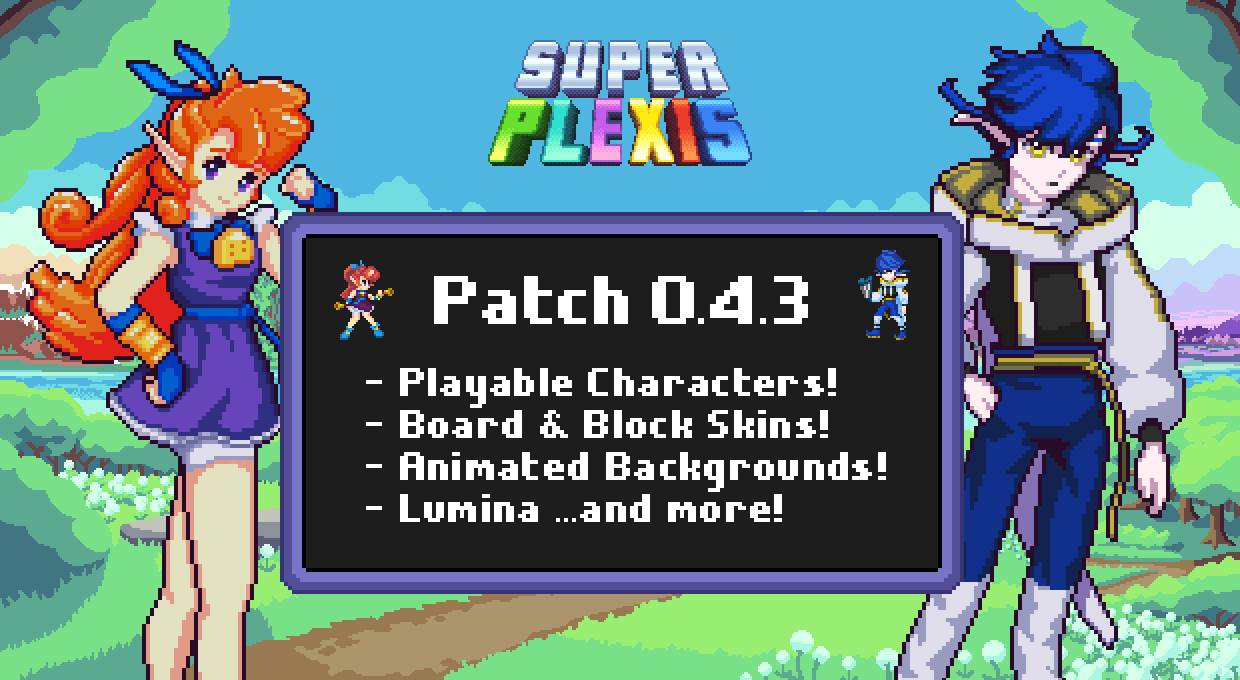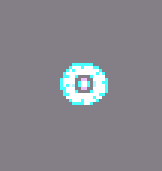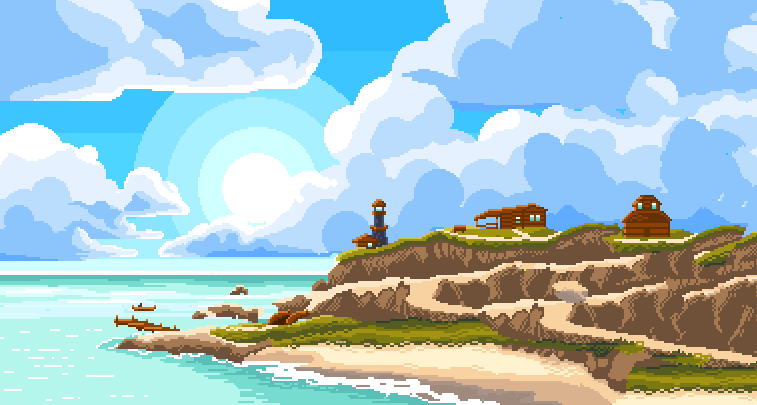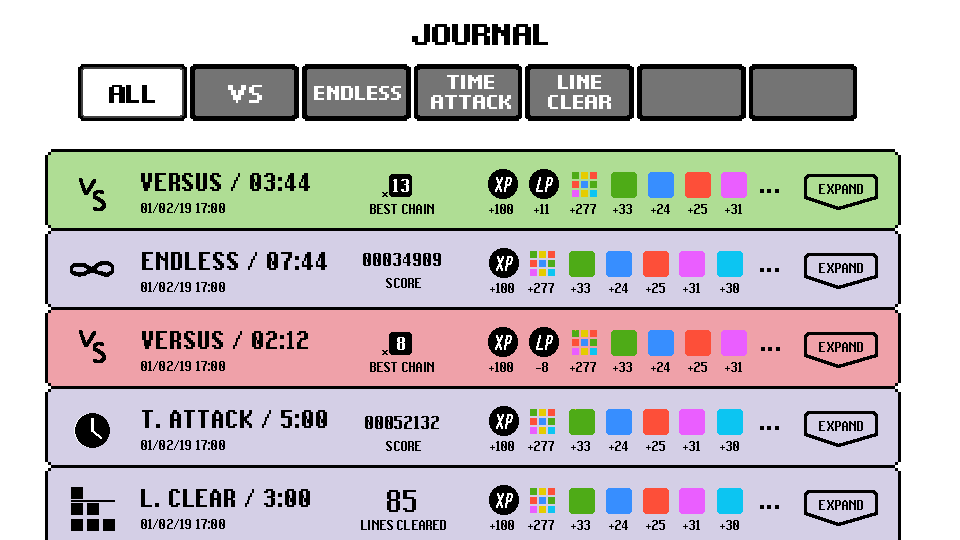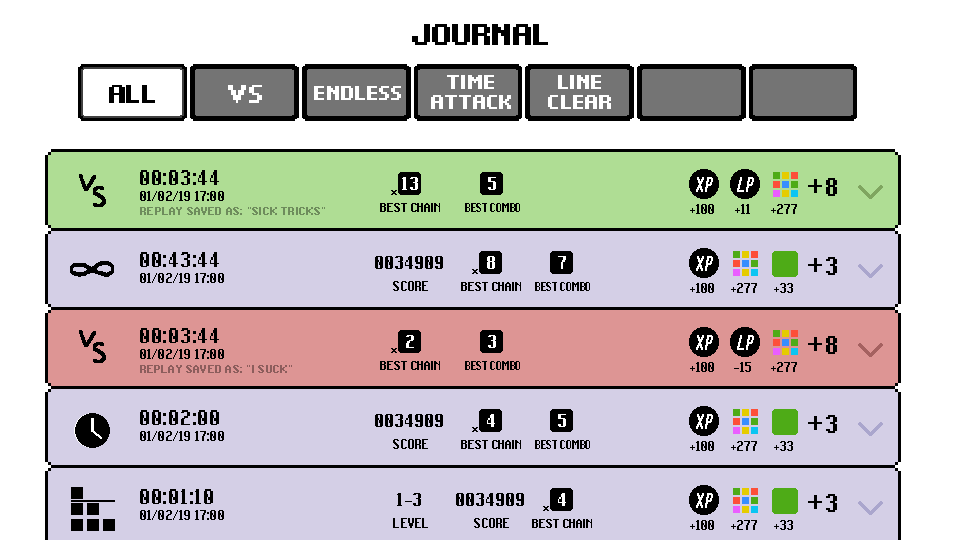Hi again everyone, Gabe here, in our last blog we mentioned that we generally avoid posting updates on here (or in the discord) unless we have actual tangible progress to share, and unfortunately we’ve stuck to that very well this year!
But nothing shared doesn’t mean nothing happened, and in the spirit of maintaining what consistency we can (on the year anniversary since our last post!) we thought we’d share a few brief updates on the status of Super Plexis and our lives in general.
As for the game, there actually has been some work done this year (and content that exists but is not yet implemented) but nothing to the level that would be ready to share. Andrew and I touched based several times planning to carve out a window to do another short content sprint but the timing never quite worked out with how busy we’ve been. All to say Super Plexis remains something we’d love to be able to work on once we can afford to again, but obviously we are not great at predicting when that time may come. In the meantime shoutout to BusterBeachside, Sapphire Bullet Bill, Lava, and other long-timers for holding down the fort on discord. Just saying, we see and appreciate the princess posting 😎 (speaking for myself of course).
As for our lives, alongside my normal job some of you might also be aware that I’ve become very active on social media the past couple years (especially the video-focused platforms! which I will not name here because I am very self-promotion averse but I assume those who want to dig won’t have much trouble finding me). This has been an unexpectedly successful development in my life and one that I think will also be a strong pillar for promoting the game once we’re ready to properly advertise again (ideally once we’re out of early access). And instead of speaking for Andrew - and this I will promote since it doesn’t involve just me - we’ve recently started a video podcast with our friend Ed (you might remember him from our “dev vlogs” back in the day) where we’ve been chatting candidly about our lives, work, video games, and other various things. I’ll link the first episode here if you’re curious (or look up the Super Underground Podcast on Spotify / iTunes). Funny enough it might actually be your best bet for getting breaking news or behind the scenes in regards to the game since it comes up in conversation fairly often!
I’m hopeful 2024 will to continue to bring new opportunities but of course I also know better than to make any promises considering how the last couple years have gone, so! Will just leave it at: thanks again to everyone who’s kept an eye on the game (and us) all these years, we don’t take it for granted. Looking forward to being able to post a “real” blog here when the time finally comes!
- Gabe and The Medley Studios Team


![The First Preview Build is Here! - Release Notes for Super Plexis [ver 0.3.0]](https://images.squarespace-cdn.com/content/v1/597ac159be65943a4aa01754/1522478543859-NJL5QKC2AMZMGWY7O4MR/IMG_7806.PNG)
